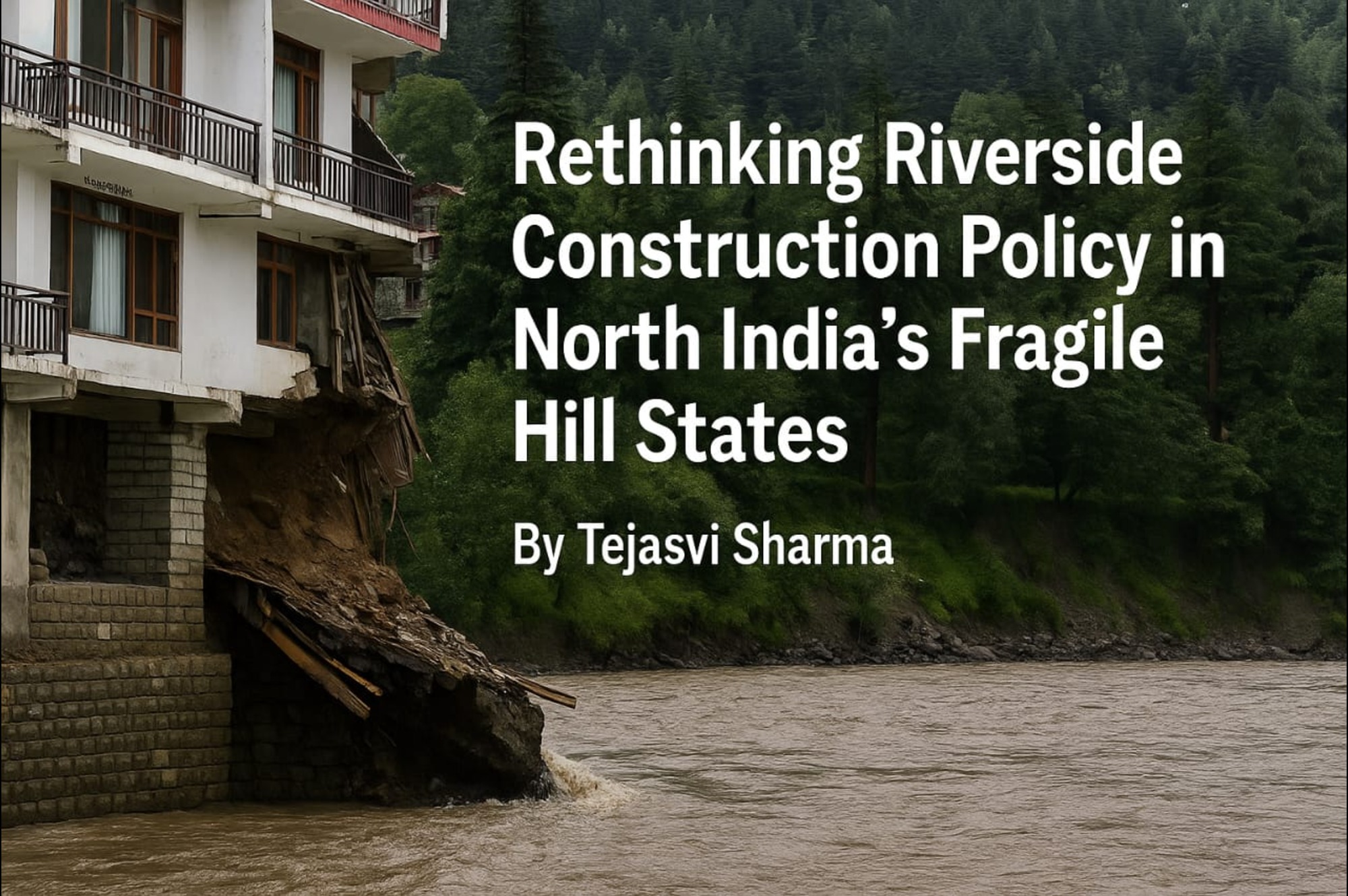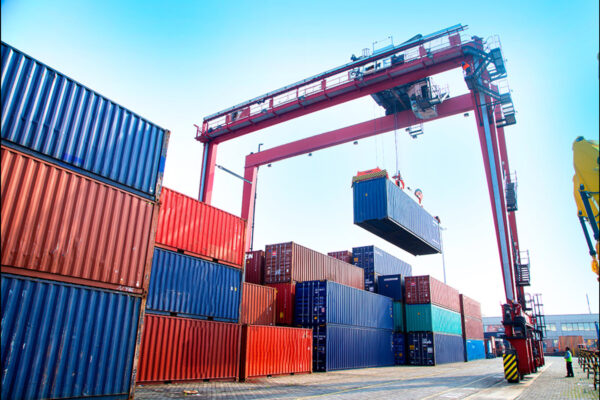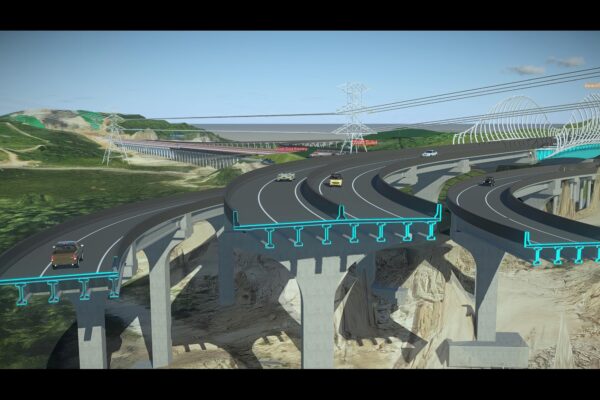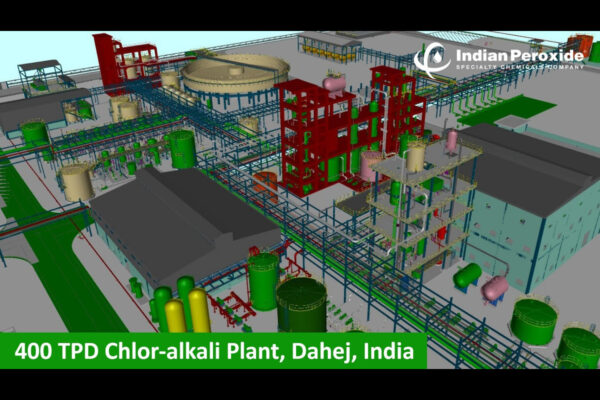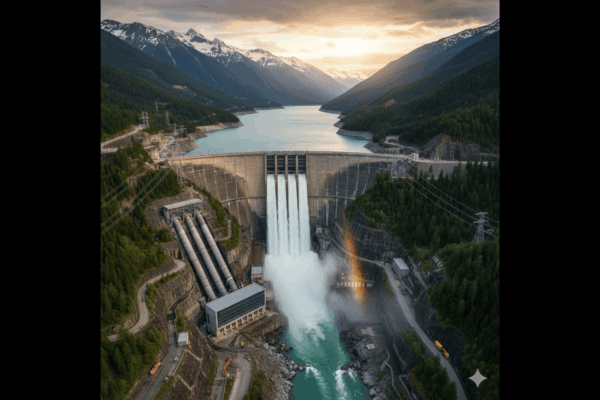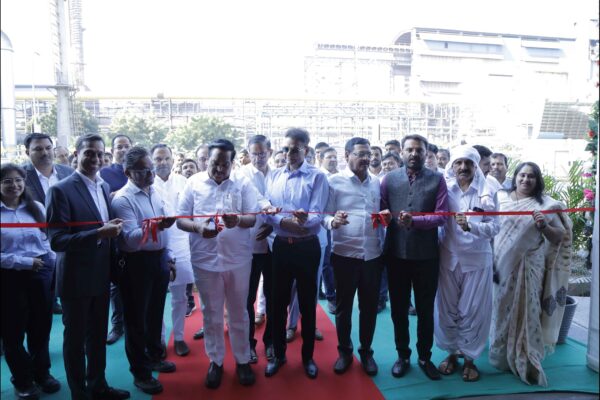Rethinking Riverside Construction Policy in North India’s Fragile Hill States
by Tejasvi Sharma, Editor-in-Chief, EPC World
North India’s hilly states are blessed with spectacular river valleys that sustain agriculture, tourism, and hydropower while serving as cultural anchors for local communities. Yet, these very rivers have also become recurring flashpoints of tragedy. The floods of Kedarnath in 2013, Chamoli in 2021, and the devastating cloudbursts in Himachal Pradesh in 2023 have revealed a painful truth: unregulated construction along riverbanks has magnified the human cost of natural disasters.
The Himalayan terrain is not an ordinary landscape—it is a fragile, dynamic system where rivers constantly reshape their courses. Building indiscriminately along their edges is not merely reckless; it is unsustainable. What North India needs today is a decisive construction policy for riverside zones—one that is scientific, enforceable, and aligned with both ecological integrity and developmental aspirations.
The Problem of Unregulated Expansion
Tourism-led urbanisation has transformed small hamlets into bustling towns, with hotels, resorts, and homestays mushrooming on vulnerable riverbanks. In many instances, buildings stand within a few metres of the waterline, violating setback norms or bypassing environmental clearances. These constructions, often reinforced with concrete embankments, disrupt the natural floodplain, choke river flows, and accelerate erosion downstream.
Local administrations, constrained by political pressures and inadequate technical resources, have struggled to impose restrictions. Municipal bye-laws remain outdated, while district-level approvals are frequently ad-hoc. The absence of a coherent, pan-Himalayan construction policy has created a dangerous vacuum—one in which profit frequently overrides prudence.
Why a New Policy Is Imperative
Ecological Fragility: Himalayan rivers are young and volatile, prone to sudden shifts during glacial melts and intense rainfall. Permanent structures on their margins expose lives to direct danger.
Climate Change: Erratic monsoon cycles, glacial lake outburst floods, and unseasonal precipitation have intensified both frequency and severity of flooding events.
Infrastructure Vulnerability: ridges, roads, and hydropower installations, when sited too close to unstable riverbeds, face escalating maintenance costs and premature damage.
Socio-Economic Stakes: Hill economies depend on tourism. The destruction of riverside infrastructure during disasters damages not just buildings but livelihoods, supply chains, and investor confidence.
Core Principles for Riverside Construction
To mitigate these risks, a scientifically informed policy framework should rest on the following pillars:
Scientific Buffer Zones
Uniform no-construction zones must be delineated along all major rivers, calculated on the basis of maximum flood discharge, river morphology, and seismic vulnerability. For Himalayan torrents, this buffer should be far wider than the 30–50 metre margins often suggested in the plains.
Pre-Construction Audits
Mandatory geotechnical surveys, slope stability tests, and hydrological impact assessments should precede any riverside project approval. Without such audits, permissions must be deemed invalid.
Sustainable Design Norms
Where construction is unavoidable, design codes must mandate elevated plinths, permeable pavements, and eco-friendly materials. Riparian vegetation and bio-engineered embankments should be preferred over hard concrete barriers that intensify erosion.
Enforcement & Penalties
Illegal or unsafe structures must face immediate demolition orders and punitive fines. To ensure transparency, drone-based monitoring and GIS-enabled cadastral mapping should be institutionalised across hilly districts.
Global Models Worth Emulating
Japan enforces river improvement zones where hydraulic models dictate mandatory setbacks, and relocation costs are often borne by the state.
Switzerland preserves “blue corridors” along alpine rivers, prohibiting disruptive construction while maintaining ecological continuity.
United States employs FEMA floodplain maps to regulate permits, linking compliance with mandatory flood insurance.
India’s hilly states can adapt these models, ensuring that buffer zones and building codes reflect local hydrology and seismic risks.
Balancing Development with Responsibility
Critics often caution that stringent restrictions could slow tourism and investment. In reality, the opposite is true. Resilient policies enhance investor confidence by reducing the risk of catastrophic losses. Eco-tourism, regulated camping, and river-view zones designed with flood resilience in mind can become new engines of growth. Moreover, retrofitting existing vulnerable properties with resilient measures—such as stilts or reinforced embankments—can safeguard livelihoods while aligning with policy objectives.
Development in hilly regions must shift from short-term extraction to long-term stewardship. Infrastructure should not conquer rivers; it should coexist with them.
Conclusion
The rivers of North India’s hill states are more than water channels—they are dynamic, living systems that command respect. To continue building along their edges without a coherent policy is to invite disaster. A scientifically grounded riverside construction policy—anchored in buffer zones, strict audits, sustainable design, and uncompromising enforcement—can safeguard both communities and ecosystems.
The choice before policymakers is clear: perpetuate ad-hoc growth and suffer repeated calamities, or embrace resilient policies that protect lives while sustaining prosperity. The future of the Himalayan riversides will depend on whether wisdom finally prevails over expediency.
Tags

